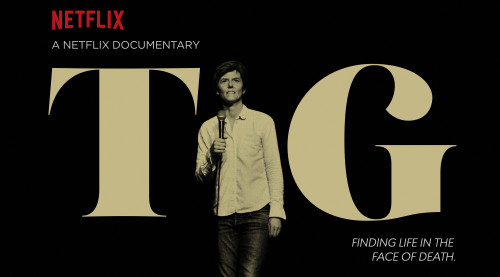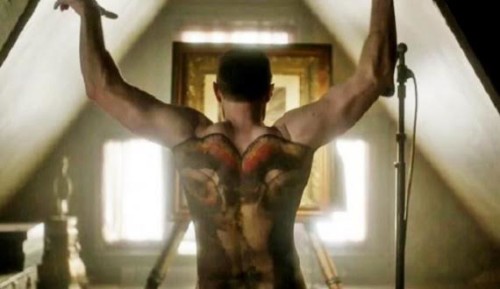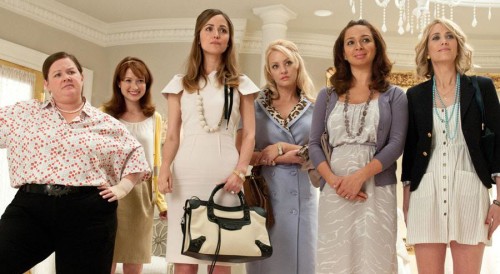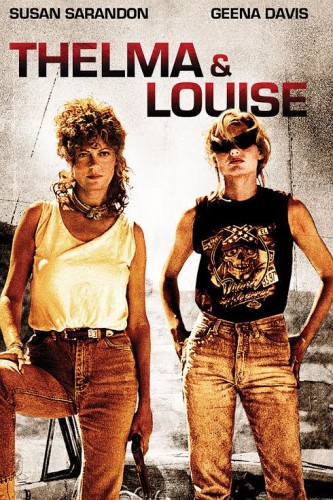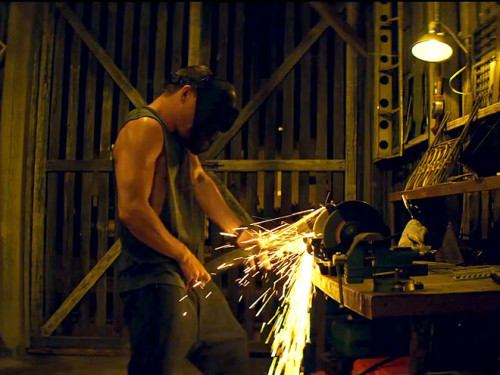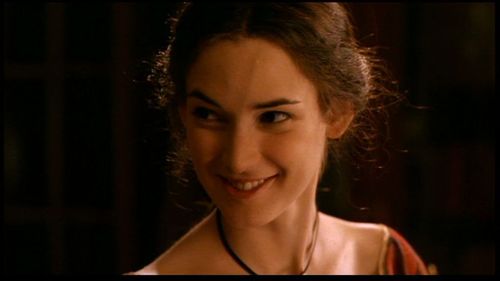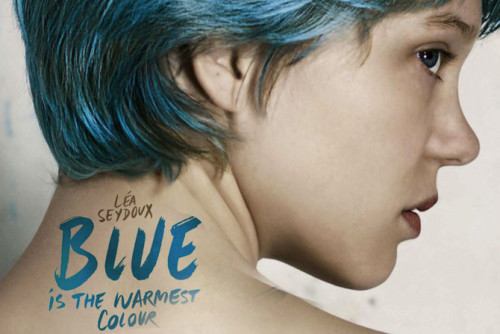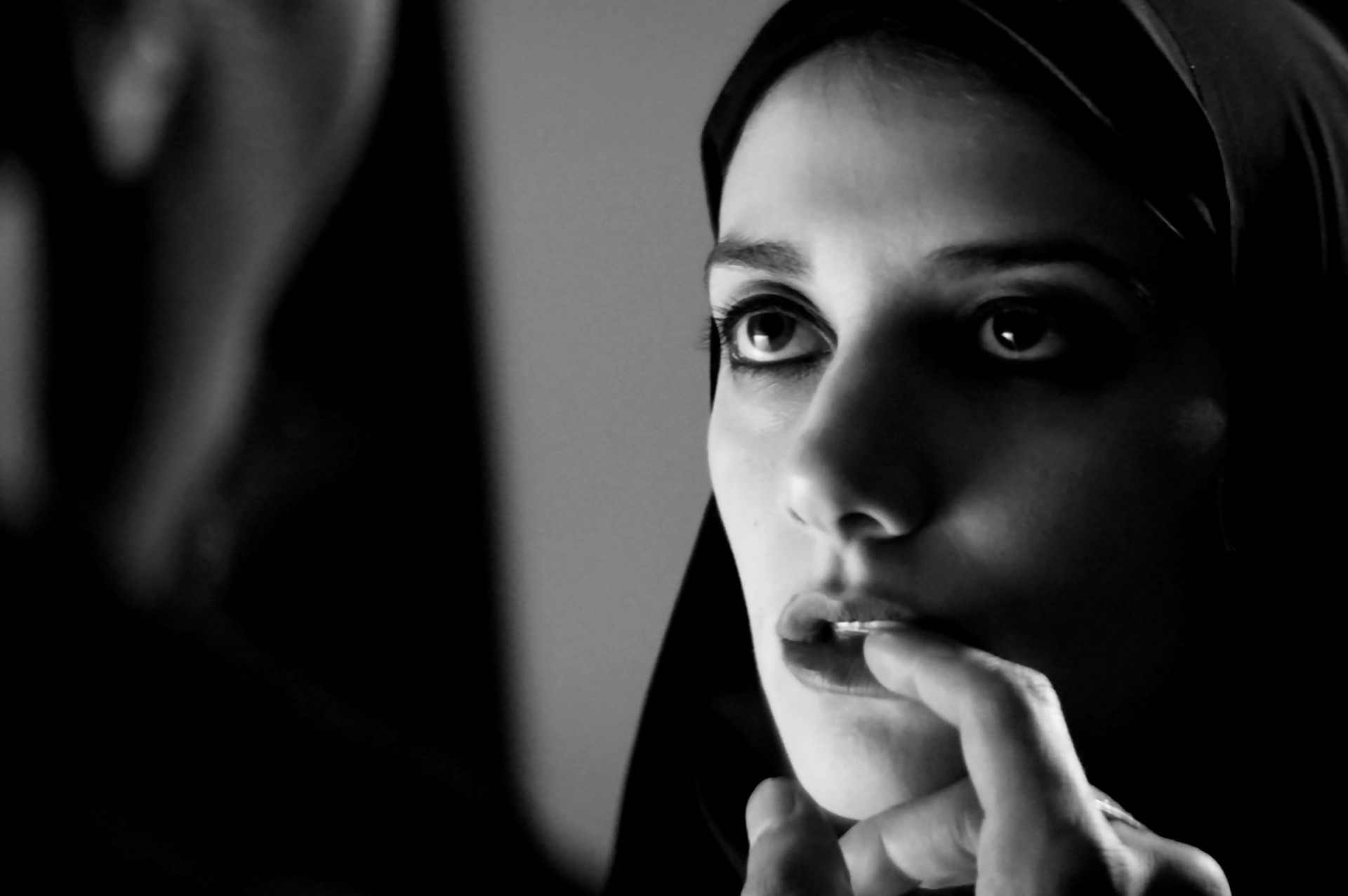In Which I Attempt to Convince the World to Watch All Things Tig Notaro
I had never heard anything like this sketch; I was enthralled. The timing. The repetition. The silence. Such gorgeous pauses. In a world where it feels like we need to fill every space with some yammering, to hear someone on stage using silence–to be brave enough to use it–made me take notice of this person Tig. And not just me. ‘The New York Times’ ran a piece about her 13-minute paean to Taylor Dane.
